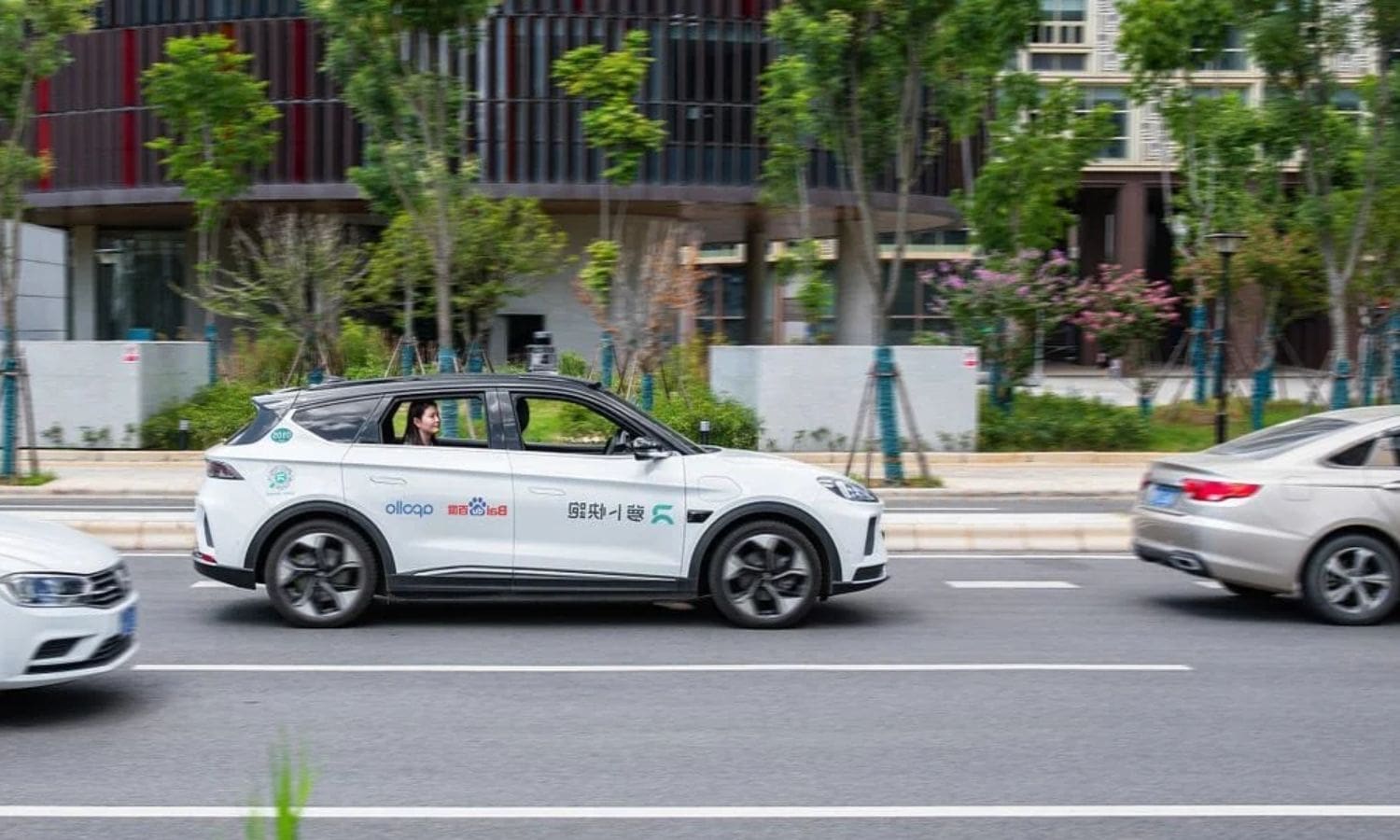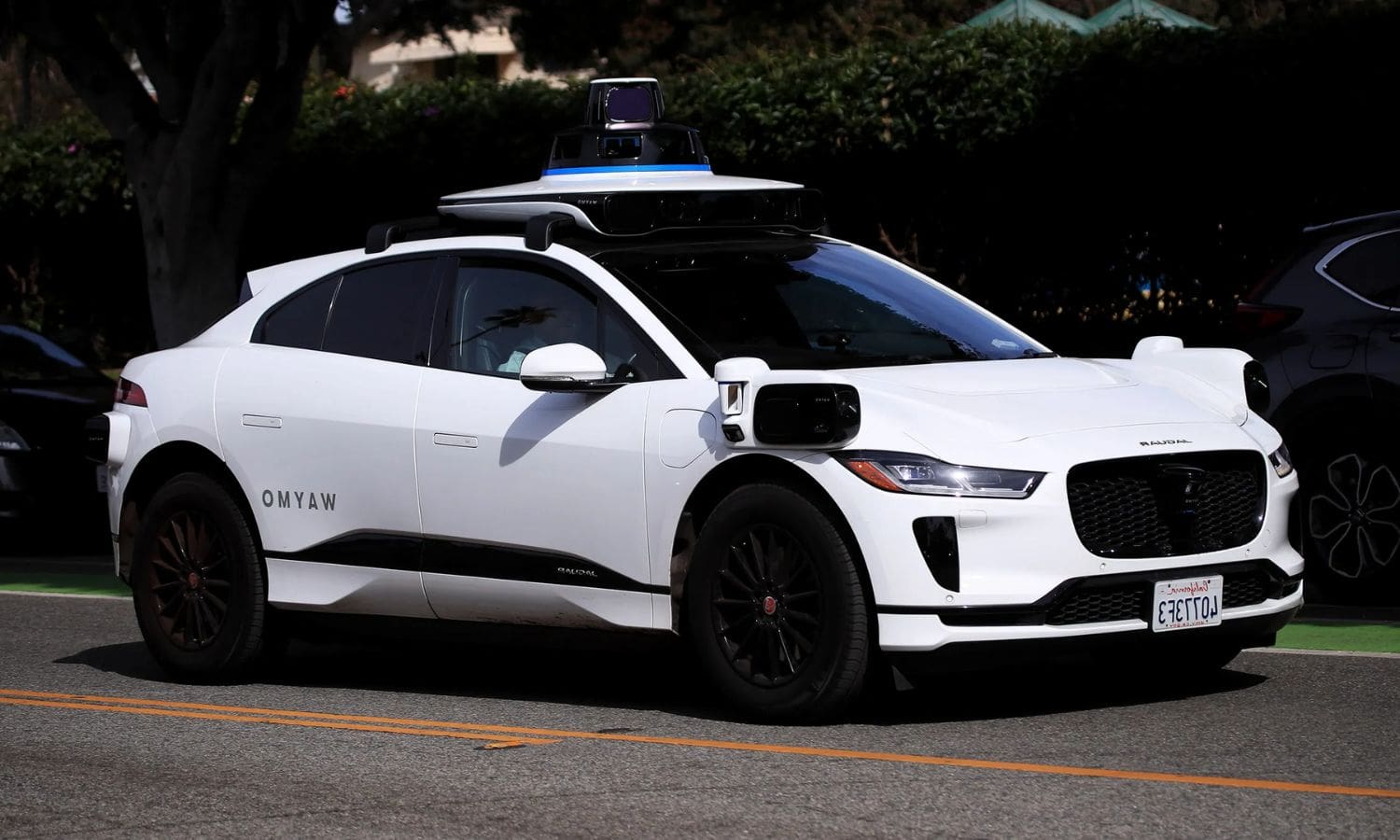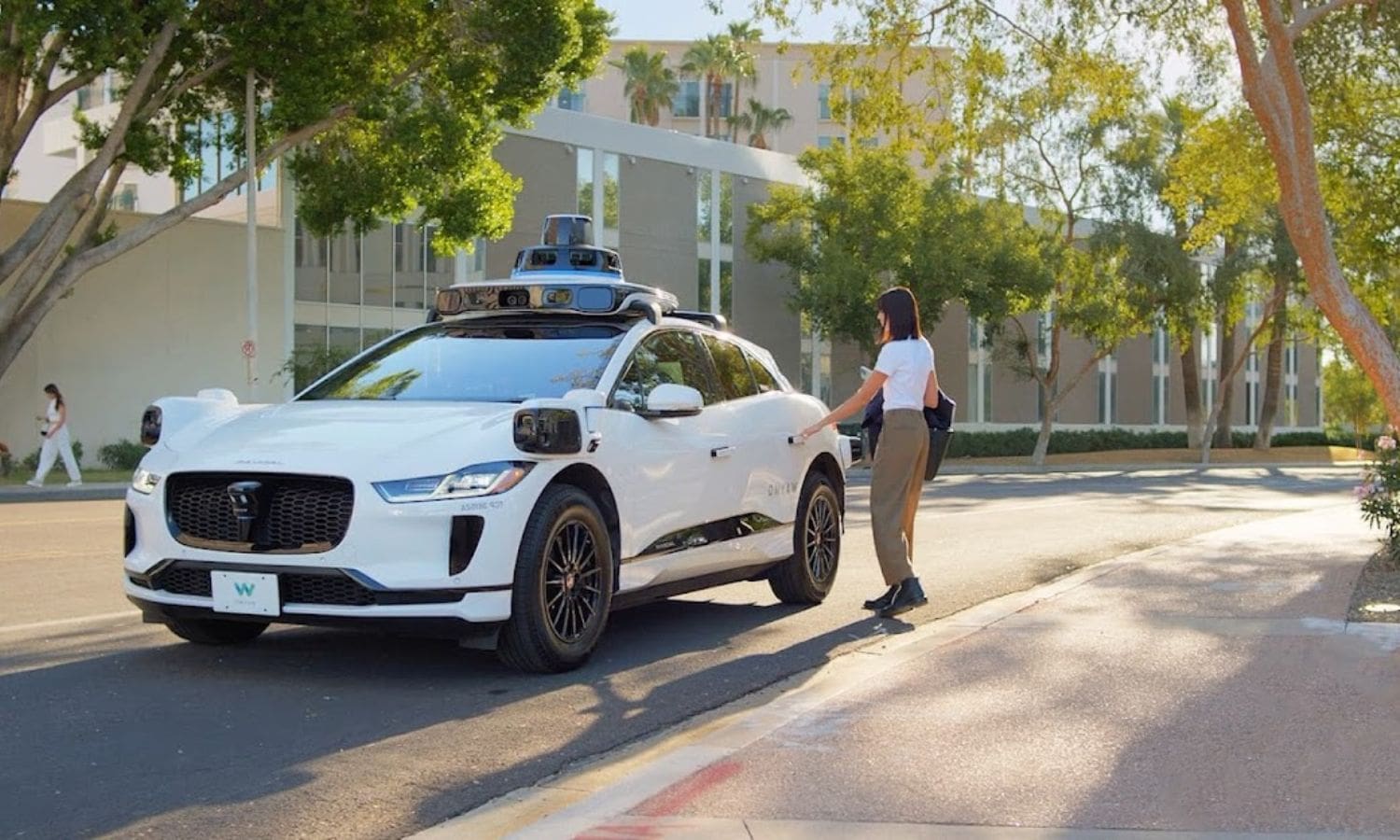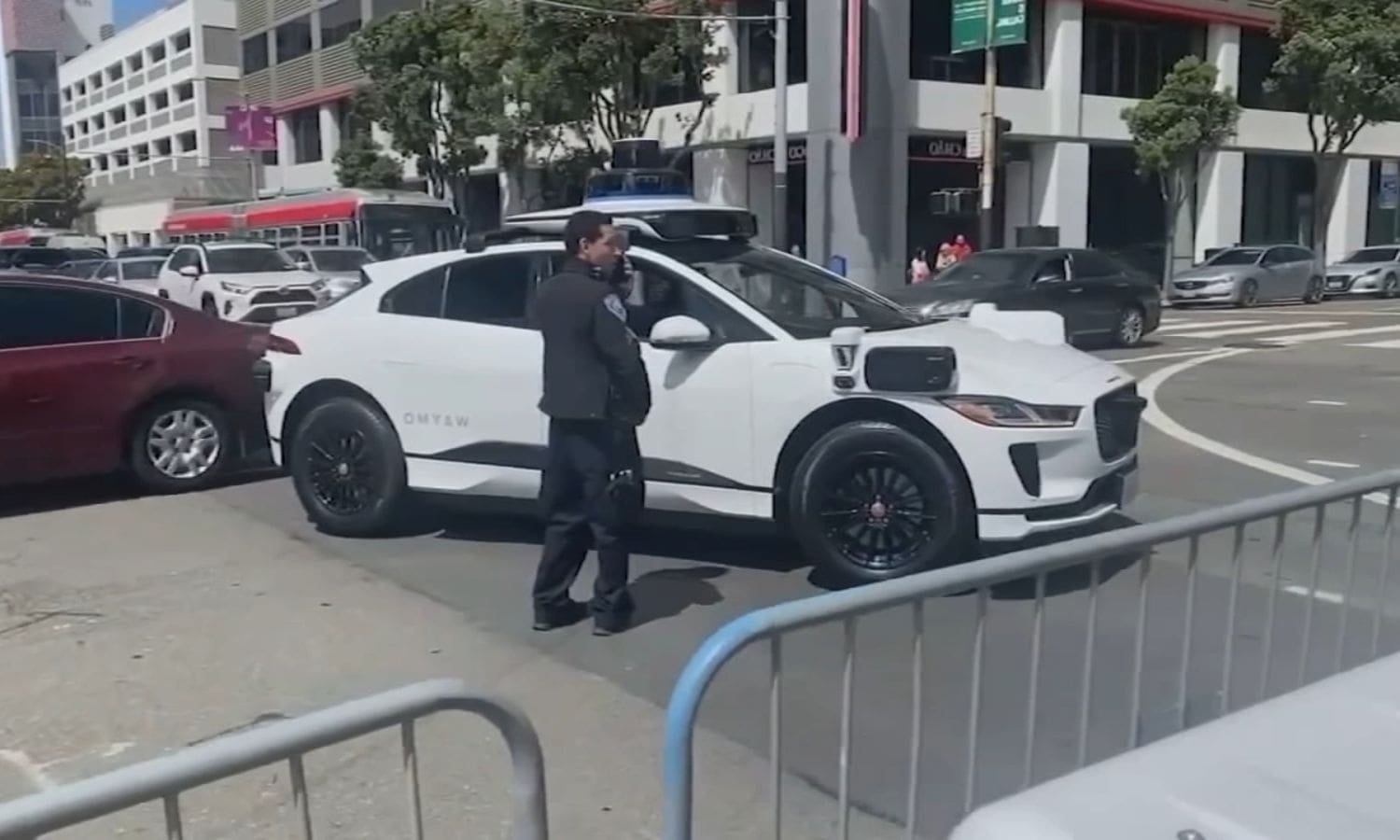SB 915 Aims to Enhance Safety: The introduction of SB 915, a bill aimed at bolstering safety in autonomous vehicle regulation, marks a pivotal moment in the ongoing discourse surrounding this emerging technology. As concerns regarding accountability and safety measures continue to grow, it becomes increasingly important to establish comprehensive regulations that strike a balance between standardization and local adaptability.
The key aspects of SB 915, explores the perspectives on regulation, and examines the potential implications for the future of autonomous vehicles.
Key Takeaways Of SB 915 Aims to Enhance Safety
- SB 915 transfers authority over autonomous vehicles from the state to local governments.
- The bill aims to streamline decision-making and enhance safety in AV regulation.
- Safety concerns and accountability measures are important in the responsible development and operation of AVs.
- There is a debate between a standardized, state-level approach and a more diverse, local adaptability approach in AV regulation.


Introduction of SB 915: Shifting Control Over Autonomous Vehicles
SB 915 seeks to transfer authority over autonomous vehicles from the state to local governments, aiming to streamline decision-making and enhance safety in AV regulation.
The introduction of SB 915 marks a significant step towards addressing the regulatory challenges posed by autonomous vehicles (AVs). By shifting control from the state to local governments, this bill aims to create a more efficient and effective system for regulating AVs.
This transfer of authority recognizes that local governments are often better equipped to understand the unique needs and challenges of their communities. It allows for more tailored regulations that can adapt to the specific characteristics of different regions.
Furthermore, by empowering local governments, SB 915 encourages collaboration and innovation at the local level, ultimately leading to improved safety and a more seamless integration of AVs into our transportation systems.
Safety Concerns and Accountability Measures
Enhancing safety in AV regulation involves addressing safety concerns and implementing accountability measures to ensure responsible development and operation of autonomous vehicles. To achieve this, the following measures should be considered:
- Robust Safety Testing: Autonomous vehicle manufacturers should be required to conduct rigorous testing to ensure the safety and reliability of their vehicles. This should include both controlled testing in simulated environments and real-world testing under various conditions.
- Data Collection and Analysis: A comprehensive data collection and analysis system should be put in place to monitor the performance and safety of autonomous vehicles. This would involve collecting data on accidents, near misses, and other safety incidents, and using this information to identify trends and areas for improvement.
- Liability and Insurance Regulations: Clear liability and insurance regulations should be established to determine who is responsible in the event of an accident involving an autonomous vehicle. This would help ensure that victims are properly compensated and that there are incentives for manufacturers to prioritize safety in their designs and operations.
Perspectives on Regulation: Local vs. State Approach
The perspectives on regulation for autonomous vehicles are divided between a local and state approach. UC Berkeley Professor Scott Moura advocates for a standardized, state-level approach to ensure consistency and efficiency in AV regulation. He argues that a single set of regulations would simplify the process for AV manufacturers and foster innovation in the industry. On the other hand, San Jose State Professor Ahmed Banafa supports a more diverse approach, acknowledging the challenges but emphasizing the need for flexibility. He believes that different regions have unique needs and should be able to tailor regulations accordingly. To illustrate this divide, the table below compares the key arguments for each approach:
| Local Approach | State Approach |
|---|---|
| Allows for flexibility based on local needs | Ensures consistency and efficiency |
| May lead to fragmentation and inconsistency | Simplifies the process for AV manufacturers |
| Can hinder interstate travel and deployment | Fosters innovation in the industry |
This ongoing debate highlights the complexities involved in regulating autonomous vehicles and the importance of finding a balance between local autonomy and a unified approach.


Debate on Standardization vs. Local Adaptability
The ongoing debate on standardization vs. local adaptability in AV regulation continues to shape the discourse surrounding the implementation of autonomous vehicles. This debate revolves around finding the right balance between establishing uniform standards for autonomous vehicles across different jurisdictions and allowing flexibility for local adaptation based on specific needs and conditions.
Here are three key points to consider:
- Efficiency and Consistency: Proponents of standardization argue that uniform regulations ensure a consistent level of safety and performance across different regions. This approach allows for easier deployment of autonomous vehicles and promotes interoperability between various systems.
- Local Nuances and Flexibility: On the other hand, advocates for local adaptability emphasize the need to account for unique local factors such as traffic patterns, infrastructure, and cultural practices. By tailoring regulations to specific regions, they believe that autonomous vehicles can better integrate into existing transportation systems and address local concerns.
- Balancing Innovation and Safety: Striking a balance between standardization and local adaptability is crucial to foster innovation while maintaining safety standards. It requires creating a framework that allows for experimentation and technological advancements while ensuring adequate oversight and accountability.
Legislative Process and Future Implications
Moving forward, the legislative process surrounding SB 915 will be closely monitored for its potential impact on AV regulation and safety. As the bill progresses through the policy committee vote in March and subsequent Committee and Floor votes in September, it will be crucial to assess the implications it may have on the evolving landscape of AV technology.
SB 915’s focus on localized governance is a step towards enhancing safety measures and adaptability in the AV industry. By allowing states to develop their own regulations, the bill aims to address the unique challenges and opportunities presented by autonomous vehicles.
The outcome of this legislative process will not only shape the future of AV regulation but also have implications for the safety and advancement of autonomous technology on our roads.


Also Read: Silicon Valley Brokers Cooperative Cabinet
Conclusion Of SB 915 Aims to Enhance Safety
SB 915 aims to enhance safety in the regulation of autonomous vehicles by shifting control and implementing accountability measures.
The debate between a standardized approach and local adaptability continues, while the legislative process moves forward.
The future implications of this bill remain uncertain, but the goal of improving safety in the autonomous vehicle industry is clear.
It is important for policymakers to carefully consider the perspectives and concerns of both local and state authorities to ensure effective and comprehensive regulations are put in place.
FAQs About SB 915 Aims to Enhance Safety
Q1. Is full self driving legal in California?
Ans. California Vehicle Code Section 38750 mandates that autonomous vehicles must obtain a permit from the California Department of Motor Vehicles (DMV) to operate on public roads. The DMV has established a set of rules governing the testing and deployment of autonomous vehicles, accessible on the DMV’s official website.
Q2.What is the autonomous vehicle policy in California?
Ans. Only individuals authorized by the manufacturer, following the submission of a testing application to the DMV, are permitted to operate fully autonomous vehicles on public roads. All autonomous vehicles undergoing testing must have a designated driver prepared to assume control in the event of a system failure. Additionally, drivers are required to provide evidence of financial responsibility.
Q3. Is full self-driving legal?
Ans. Since 2017, 27 states have enacted laws permitting the operation of driverless vehicles on roads, albeit with certain restrictions. The specific requirements regarding the presence of a human driver behind the wheel, ready to assume control, vary among these states.
Q3.Who needs autonomous vehicles?
Ans. Automated vehicles have the potential to empower people with disabilities, fostering self-sufficiency and enabling them to lead the life they desire. Additionally, these vehicles can contribute to enhancing independence for older adults.
Q4.What technology is used in driverless cars?
Ans. A self-driving car, also known as an autonomous or driverless car, utilizes a blend of sensors, cameras, radar, and artificial intelligence (AI) to navigate between destinations without the need for human intervention.
Q5. Are Tesla’s self-driving vehicles?
Ans. Every new Tesla comes standard with Autopilot. For owners who received their vehicle without Autopilot, there are various packages available for purchase, contingent on the production date of your vehicle: Autopilot, Enhanced Autopilot, and Full Self-Driving Capability.
Our Reader’s Queries
What is SB 915 California?
In light of safety concerns surrounding autonomous vehicles in cities such as San Francisco and Los Angeles, Cortese has proposed Senate Bill 915. This bill aims to give local governments more control over the safety of driverless cars, which is currently lacking. By doing so, we can ensure that the safety of both drivers and pedestrians is prioritized in the development and implementation of this technology.

